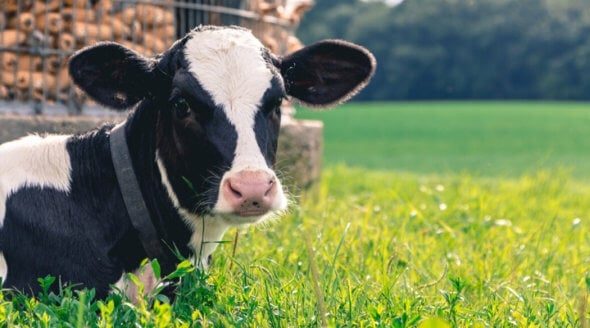All About Animals: Primary Teachers: Bullies
How does this fit into the Framework? Children should be taught to contribute to a simple debate and listen to the views of others; to understand the difference between right and wrong; to recognise that they can make choices; to recognise that pressure to behave in an unacceptable way can come from a variety of sources including people they know.
Teachers’ Note: Split the class into five small groups. Read the introduction to them and then hand each group a piece of paper with a different scenario written on it. Ask pupils to discuss their scenarios within their groups and the different ways they might react in that situation. You can walk between the groups to offer suggestions and help them overcome any problems. After a set period, one member of each group can read their scenario to the rest of the class and tell them how their group decided to react to that situation.
Lesson Plan: Bullies
A bully is a person who uses his or her strength or position of power to frighten or hurt someone who is weaker or smaller than they are. Bullies can be found everywhere: at school, at different work places, out in the street, on holiday all over the place. But bullies are not welcome anywhere and are usually not popular people at all.
There is no excuse for bullying someone. In fact, bullies are cowards: if they were brave, they wouldn’t pick on someone smaller and weaker, would they? People can bully other people, but they can also bully animals. After all, most animals we come across are smaller and weaker than we are and they can feel fright and pain just like a bullied person can.
What would you do if you saw an animal being bullied?
Scenario 1: You see friends of yours throwing a cat between them. The cat is clearly distressed and your friends are laughing.
Scenario 2: You see an animal rescue programme on TV while at your friend’s house. A puppy on the programme was rescued after being set fire to by a gang of teenagers. Your friend suggests that it would be fun to set fire to a dog.
Scenario 3: Walking to school, you see a bird with a broken wing on the pavement. She can’t fly and she is being tormented by some younger children from your school.
Scenario 4: At lunch break, you see a group of children all gathered round, squealing and laughing. You go over and see that they have collected flies and butterflies and are pulling the wings off them.
Scenario 5: A friend of your Dad’s shoots birds and animals for fun most evenings. He is asking your Dad if he would like to join him.

